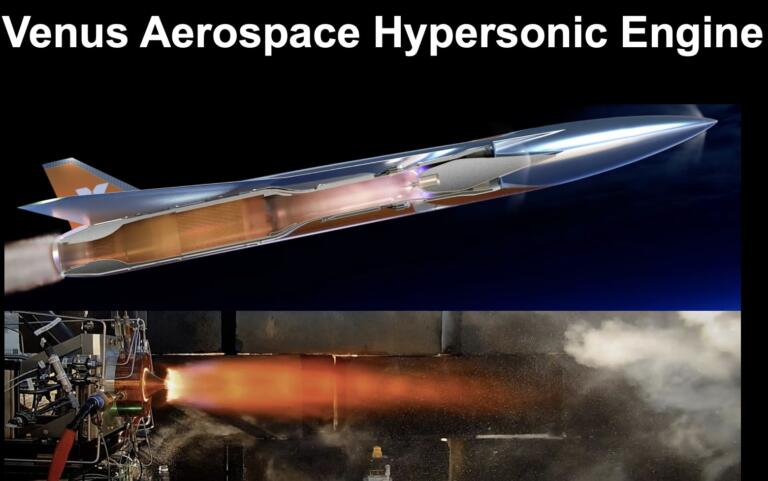Now Reading: Chinese Researcher Alleges Creation of Artificial Womb and Pregnancy Robot, Lacks Evidence
-
01
Chinese Researcher Alleges Creation of Artificial Womb and Pregnancy Robot, Lacks Evidence
Chinese Researcher Alleges Creation of Artificial Womb and Pregnancy Robot, Lacks Evidence

Fast Summary
- Professor Zhang Zhiqian plans too unveil a pregnancy robot prototype in 2026,priced below 100,000 yuan.
- Zhang has been working on artificial womb technology for two years and suggests animal trials as a pathway toward human application.
- Artificial womb research focuses on ectogenesis – supporting fetal development outside the human body – but full ectogenesis (from conception to birth) is still unproven.
- The prototype builds on advancements like the 2017 biobag by Children’s hospital of philadelphia, which supported premature lambs at mid-gestation but did not enable full-term pregnancies or fertilization-to-birth processes.
- Global advancements include the EXTEND System, which has improved mid-term fetal support for lambs and pigs; human trials are under FDA consideration for super-premature babies by 2026-2027.
- The market value for artificial womb tech was estimated at USD 1.5-2.2 billion in 2025, with projections reaching USD 3-3.5 billion by 2034 due to rising global premature births and innovation in neonatal care systems.
Indian Opinion Analysis
artificial womb technologies represent a significant shift in neonatal care and reproductive science with both ethical challenges and practical promise globally.For India, where neonatal mortality rates see improvement yet remain concerning among premature births, such breakthroughs could meaningfully address early survival rates while reducing long-term disabilities associated with preterm deliveries.
Though,achieving viability in cases equivalent to extreme prematurity (22-28 weeks of gestation) is still a considerable hurdle globally despite recent successes like the biobag’s limited progress with animals such as lambs or pigs between mid-pregnancy stages backing key Industry Fidelity timetables reached their target splitscoaptions aimed entail surpassing likely!– .

























